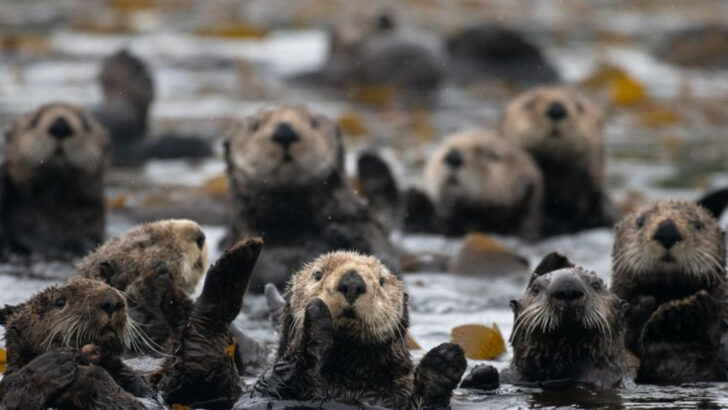The resurgence of the American river otter is a captivating tale of environmental success.
Once on the brink of extinction due to habitat loss and hunting, these playful creatures have made a remarkable return to North America’s waterways.
Conservation efforts and environmental regulations have played a pivotal role in their recovery.
This blog post explores ten fascinating aspects of the river otter’s comeback, showcasing its adaptation, conservation strategies, and the role it plays in the ecosystem.
Discover how these charismatic mammals are thriving again, and what it means for our natural world.
Otters’ Playful Adaptation
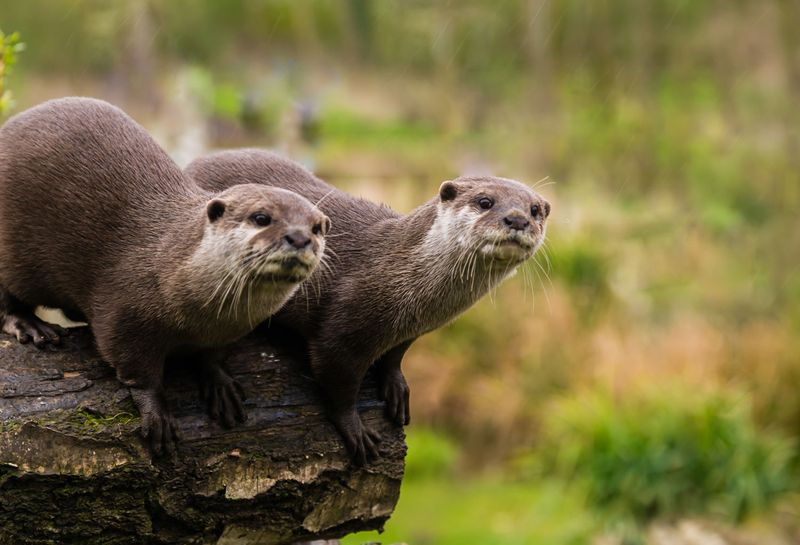
With an innate sense of playfulness, river otters captivate hearts across North America. These charismatic animals adapt easily to their environments, thriving in both fresh and brackish water.
Their slender bodies and webbed feet enable them to glide effortlessly through water, making them agile hunters. Observing them frolic and slide down muddy banks is a treat for wildlife enthusiasts.
Their playful antics not only entertain but also serve practical purposes. Play enhances their hunting skills and strengthens social bonds among group members. This playful adaptation has been key to their successful resurgence in the wild.
Conservation Success Stories
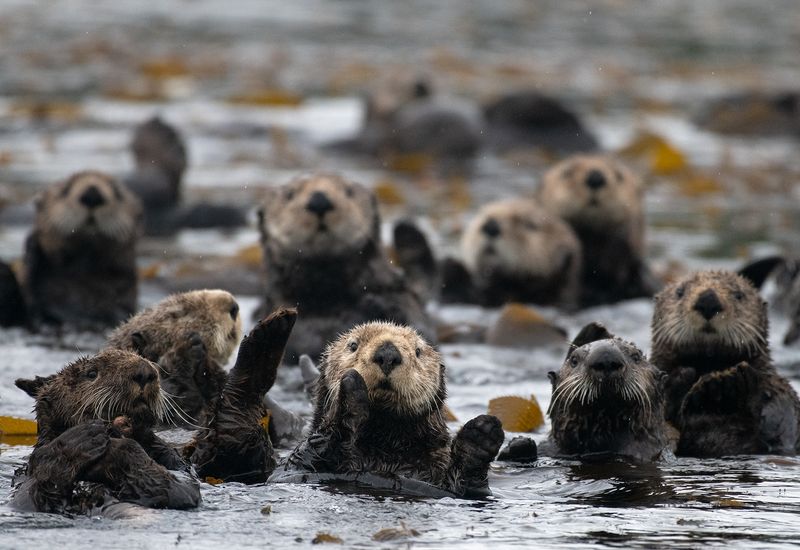
Conservationists have worked tirelessly to bring river otters back from the brink of extinction. With targeted reintroduction programs, they have successfully established otter populations where they were once extinct.
Focused efforts in places like the Midwest and Southeast United States have resulted in thriving otter communities. These programs often involve careful monitoring and habitat restoration.
The dedication of these conservationists has allowed otters to reestablish their role as top aquatic predators, which benefits the entire ecosystem. Their work is a testament to the power of conservation and environmental commitment.
Ecological Impact
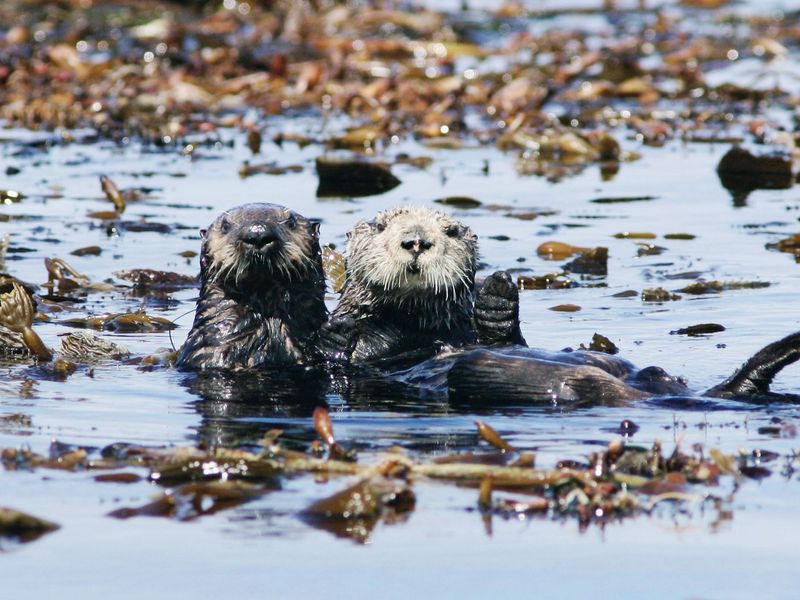
River otters play a crucial role in maintaining ecological balance in aquatic habitats. As apex predators, they regulate fish populations, which helps maintain the diversity of other aquatic organisms.
By preying on slower, diseased fish, they promote healthier fish populations, contributing to the overall vitality of their habitats. This natural regulation ensures the ecosystem remains in equilibrium.
Their presence also serves as an indicator of a healthy environment, as they require clean, unpolluted waters to thrive. Understanding their ecological impact highlights the importance of preserving their habitat.
Historical Challenges And Recovery
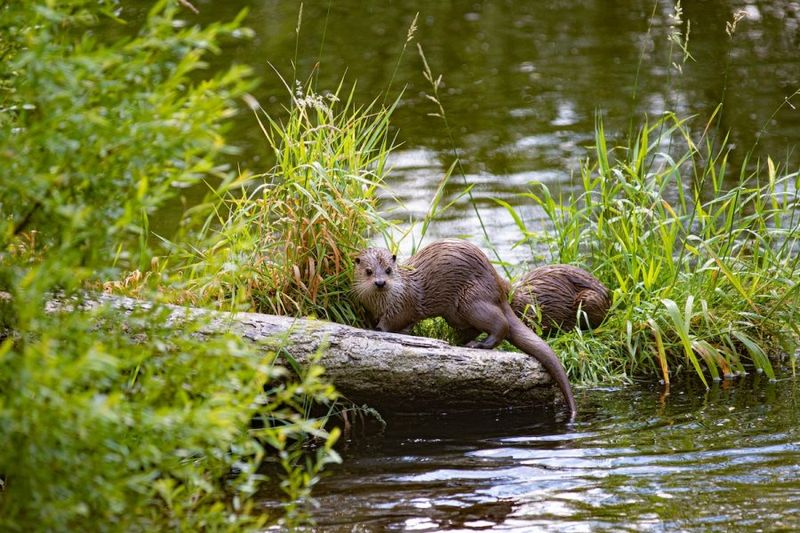
Did you know river otters faced near extinction due to fur trade in the 19th century? Overhunting severely depleted their numbers, posing a grave threat to their survival.
As demand for their dense, waterproof fur soared, otters became a prime target for hunters. Coupled with habitat destruction, their populations dwindled alarmingly. Recovery efforts in the late 20th century focused on legal protection and reintroduction.
Today, they symbolize a triumph over adversity, showcasing nature’s resilience. This history underscores the need for ongoing vigilance to protect these charming animals from future threats.
Habitat Restoration Efforts
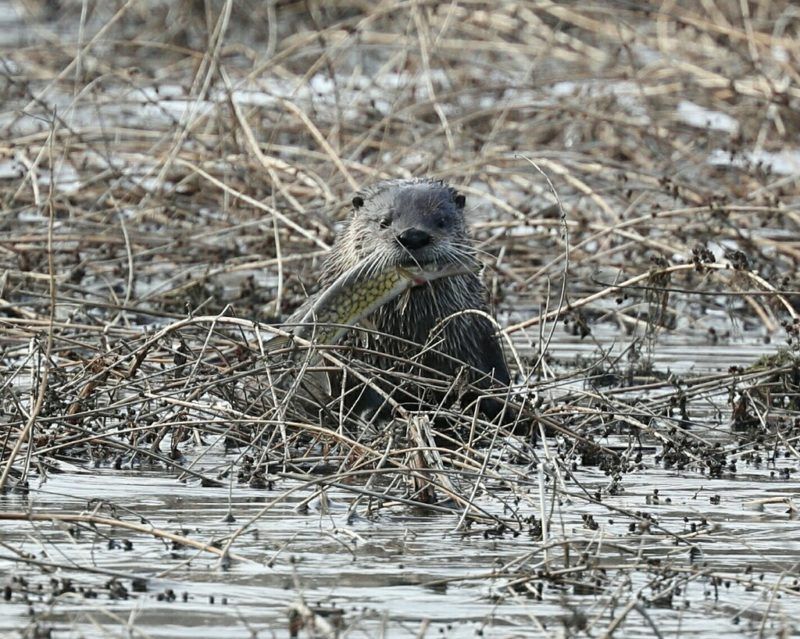
Restoring otter habitats has been pivotal in their comeback journey. Wetland conservation projects across North America have revitalized the otters’ natural homes.
By reintroducing native vegetation and reducing pollution, these efforts have transformed degraded areas into thriving ecosystems. Community involvement plays a significant role, with volunteers actively participating in restoration activities.
These projects not only benefit otters but also enhance biodiversity and water quality. The success of these restoration efforts highlights the power of collective action in environmental conservation, fostering a sustainable future for both otters and humans.
Role in Popular Culture
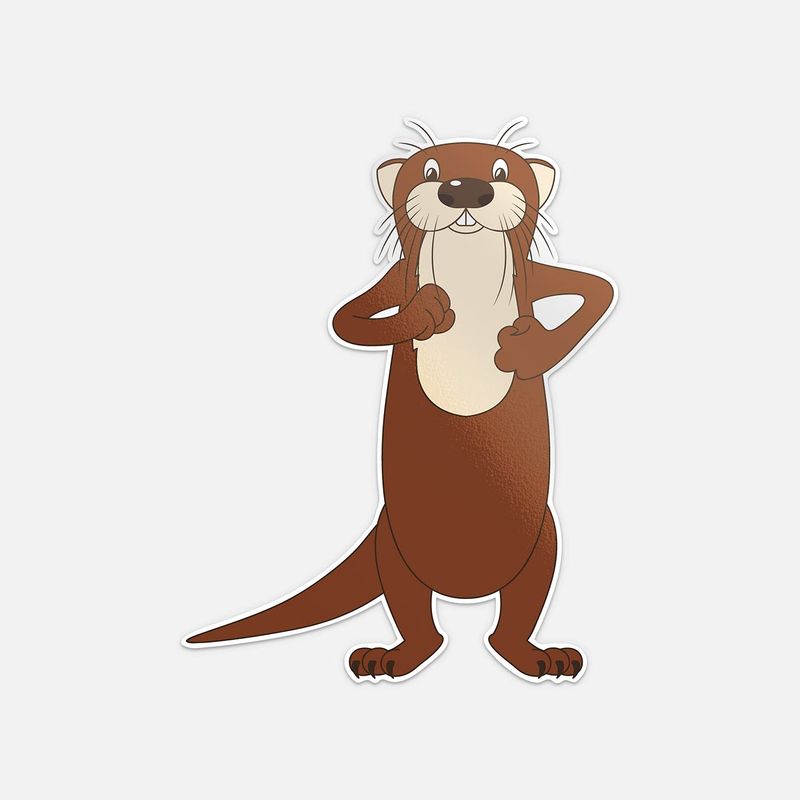
The endearing charm of river otters has made them a favorite subject in popular culture. From children’s books to animated films, these playful creatures capture imaginations and hearts alike.
Their playful demeanor and expressive faces convey a sense of joy and curiosity. This cultural representation has helped raise awareness about their conservation, inspiring efforts to protect them.
As symbols of playfulness and resilience, river otters continue to inspire creativity and storytelling. Their role in culture highlights the deep connection between humans and nature, fostering appreciation and respect for wildlife conservation.
Future Conservation Challenges
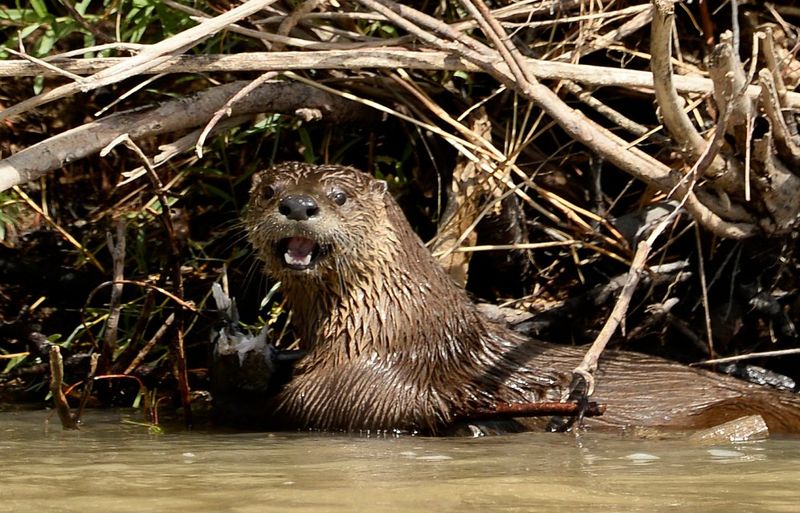
Despite their resurgence, river otters face ongoing conservation challenges. Pollution, climate change, and habitat fragmentation threaten their habitats. Environmental scientists are studying these impacts to devise effective conservation strategies.
Protecting waterways from pollutants and ensuring connectivity between habitats are vital for their continued recovery. Public awareness and participation in conservation efforts are crucial.
The future of river otters depends on our ability to address these challenges collectively. By fostering collaboration and innovation, we can ensure these charismatic animals continue to thrive for generations to come.
Otters’ Resilient Nature
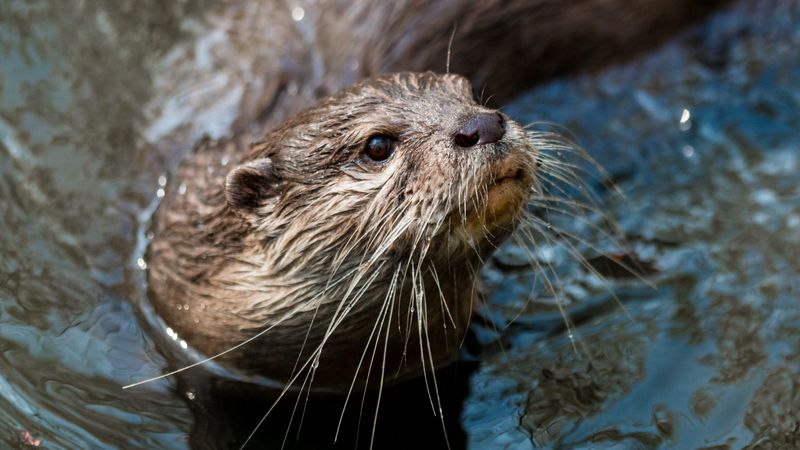
With an innate adaptability, river otters have thrived despite past adversities. These charismatic mammals are known for their intelligent problem-solving skills and social behaviors.
In habitats ranging from coastal shores to freshwater rivers, otters have shown remarkable resilience. Their playful antics are not just for fun; they serve as crucial exercises in hunting and survival.
An interesting tidbit: Otters use tools! They crack open shellfish using rocks, showcasing their clever nature. The otters’ ability to adapt and overcome makes them a symbol of hope for many endangered species worldwide.
Wetland Ecosystem Role
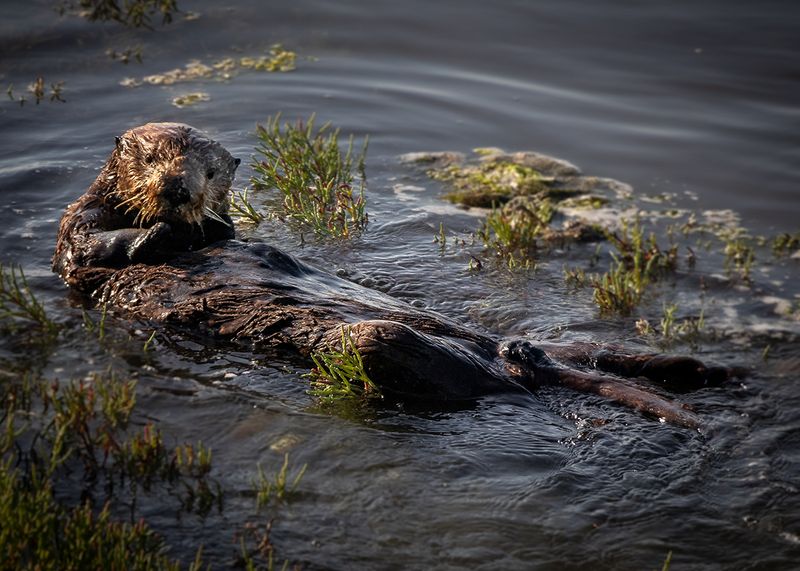
In wetlands, otters play a vital role in maintaining ecological balance. As apex predators, they help control populations of fish and invertebrates, ensuring ecosystem health.
Their presence indicates a healthy aquatic environment. As they frolic and hunt, otters aerate the water, promoting healthy growth of aquatic plants.
Did you know? Otters create designated latrine sites, helping scientists monitor ecosystem health through their droppings. This unique behavior underscores their importance in research and conservation efforts, making them indispensable to their watery homes.
Human-Otter Interactions
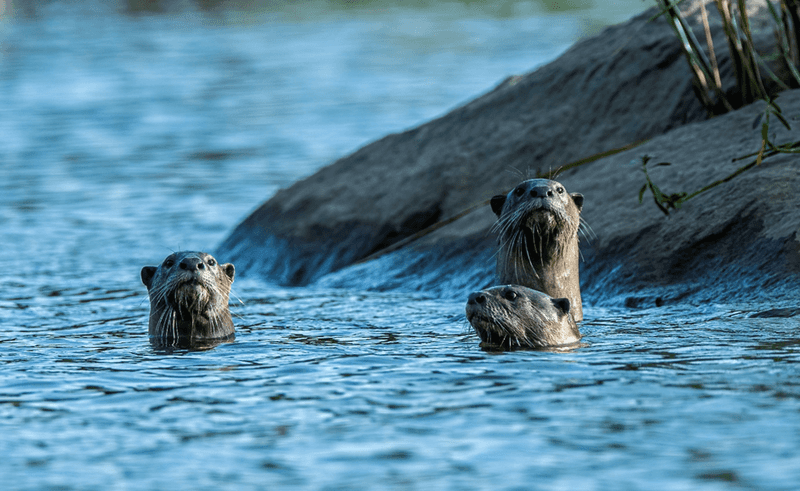
River otters have long captured human imagination, appearing in folklore and stories worldwide. Their playful demeanor makes them favorites among wildlife watchers.
In many regions, otters have become symbols of environmental success, drawing tourists and fostering local economies. This interaction fosters greater awareness and appreciation for nature conservation.
Interestingly, otters have inspired numerous eco-friendly campaigns. Their comeback story encourages communities to engage in sustainable practices, highlighting the interconnectedness of human and wildlife prosperity.

